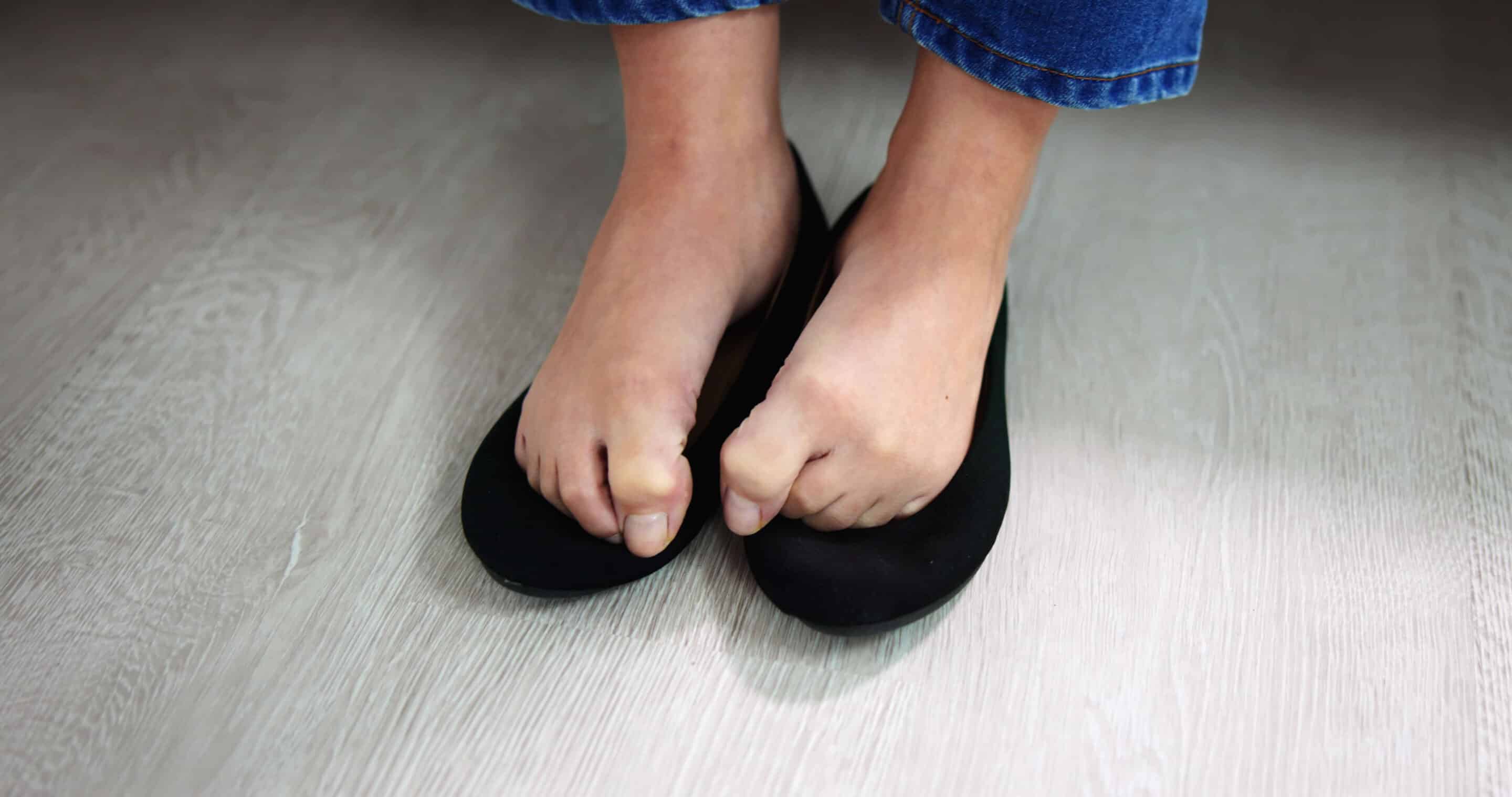Hyperhidrosis and Warm Weather: How to Manage Excessive Foot Sweating
Sweaty feet can be more than uncomfortable—they can disrupt your daily life. For individuals with hyperhidrosis, the struggle isn’t just seasonal. This medical condition causes the sweat glands to overproduce, resulting in constant dampness, persistent odor, and an increased risk of foot infections.
During warm weather, hyperhidrosis often becomes more pronounced. Heat and humidity naturally increase perspiration, making the condition harder to manage. Sandals can become slippery, damp shoes lead to blisters, and moisture promotes fungal infections. Fortunately, there are ways to manage excessive foot sweating, especially during Minnesota’s hot and humid summers.
What Is Hyperhidrosis?
Hyperhidrosis is a chronic condition that results in excessive sweating, most commonly affecting the hands, feet, and underarms. When it impacts the feet specifically (known as plantar hyperhidrosis), symptoms include:
- Constantly damp shoes and socks
- Noticeable foot odor due to moisture buildup
- Increased risk of fungal infections like athlete’s foot
- Painful blisters and skin irritation
Unlike typical sweating, hyperhidrosis can occur even when you’re cool, resting, or not under stress. It’s important to recognize the difference so proper treatment can begin.
Causes of Hyperhidrosis
Hyperhidrosis can be classified into two main categories:
Primary Hyperhidrosis (Genetic Condition)
- Caused by overactive sweat glands without an underlying medical issue
- Often begins during childhood or adolescence
- Commonly affects specific areas: hands, feet, and underarms
- Sweating may be triggered by heat, anxiety, or happen without cause
Secondary Hyperhidrosis (Underlying Medical Condition)
- Results from health conditions such as diabetes, infections, or nervous system disorders
- It may also be caused by certain medications
- Tends to affect the whole body
- Often begins in adulthood and may be accompanied by other symptoms
If foot sweating starts suddenly or increases significantly, consult a medical professional to rule out an underlying condition.
Why Warm Weather Makes Hyperhidrosis Worse
Increased Heat & Humidity
Summer in Minnesota often brings humidity levels above 70%, reducing the body’s ability to evaporate sweat. This intensifies the moisture buildup for individuals with hyperhidrosis, especially on the feet.
Footwear Challenges
- Closed shoes trap moisture and heat, encouraging bacterial and fungal growth
- Sandals offer poor moisture absorption, leading to slippery walking and friction-based blisters
Outdoor Activities
From hiking to yard work, outdoor activities can worsen sweating. Damp feet rubbing against shoes increases irritation and makes foot hygiene more difficult.

How to Manage Hyperhidrosis in Warm Weather
1. Wear the Right Footwear
- Choose breathable shoes made of mesh or natural leather
- Avoid synthetic materials that trap heat
- Rotate your shoes to allow them to fully dry between wears
2. Use Antiperspirants for Feet
- Apply aluminum chloride-based antiperspirants at night for best results
- Prescription-strength options are available through our podiatrists
3. Keep Feet Dry with Powders & Absorbent Socks
- Use powders with cornstarch or antifungal ingredients
- Opt for moisture-wicking socks made from merino wool or high-performance blends
- Change socks throughout the day if they become damp
4. Try Foot Soaks & Home Remedies
- Apple cider vinegar: Helps control odor and kill bacteria
- Black tea soaks: Tannins reduce sweating by temporarily closing sweat glands
- Epsom salt baths: Draw out moisture and soothe irritated skin
5. Consider Iontophoresis for Severe Cases
If the other over-the-counter solutions aren’t cutting it, iontophoresis is often recommended. This treatment uses a gentle electrical current to reduce sweating in the feet and hands.
There are affordable home units that work with tap water, allowing patients to treat themselves regularly without needing multiple office visits. It’s a convenient and effective option for long-term management.
Preventing Common Complications from Sweaty Feet
1. Foot Odor
- Wash feet daily with antibacterial soap
- Use cedar or activated charcoal inserts to absorb moisture and odor inside shoes
2. Fungal Infections
- Apply antifungal sprays or powders
- Wear shower shoes in public facilities like pools and locker rooms
3. Blisters and Skin Irritation
- Use anti-chafing balms when wearing sandals
- Avoid wearing brand-new shoes for long outings until they are broken in
When to See Our Podiatrists for Hyperhidrosis
If excessive foot sweating is interfering with your lifestyle, it’s time to seek professional help. You should consult our skilled podiatrists if:
- You experience frequent infections, odor, or blistering
- Home treatments offer only temporary relief
- Excessive sweating affects work, sports, or daily mobility
Our podiatrists can provide personalized, evidence-based care to keep your feet dry, healthy, and comfortable in every season.
Get Expert Hyperhidrosis Treatment at Midwest Podiatry Centers
Don’t let sweaty feet hold you back. At Midwest Podiatry Centers, we offer advanced treatments for hyperhidrosis in Minneapolis, St. Paul, and surrounding areas. Whether you need prescription solutions, in-office procedures, or personalized lifestyle advice, we’re here to help.
Call (612) 788-8778 today to schedule your appointment and find relief from excessive foot sweating, no matter the weather.
